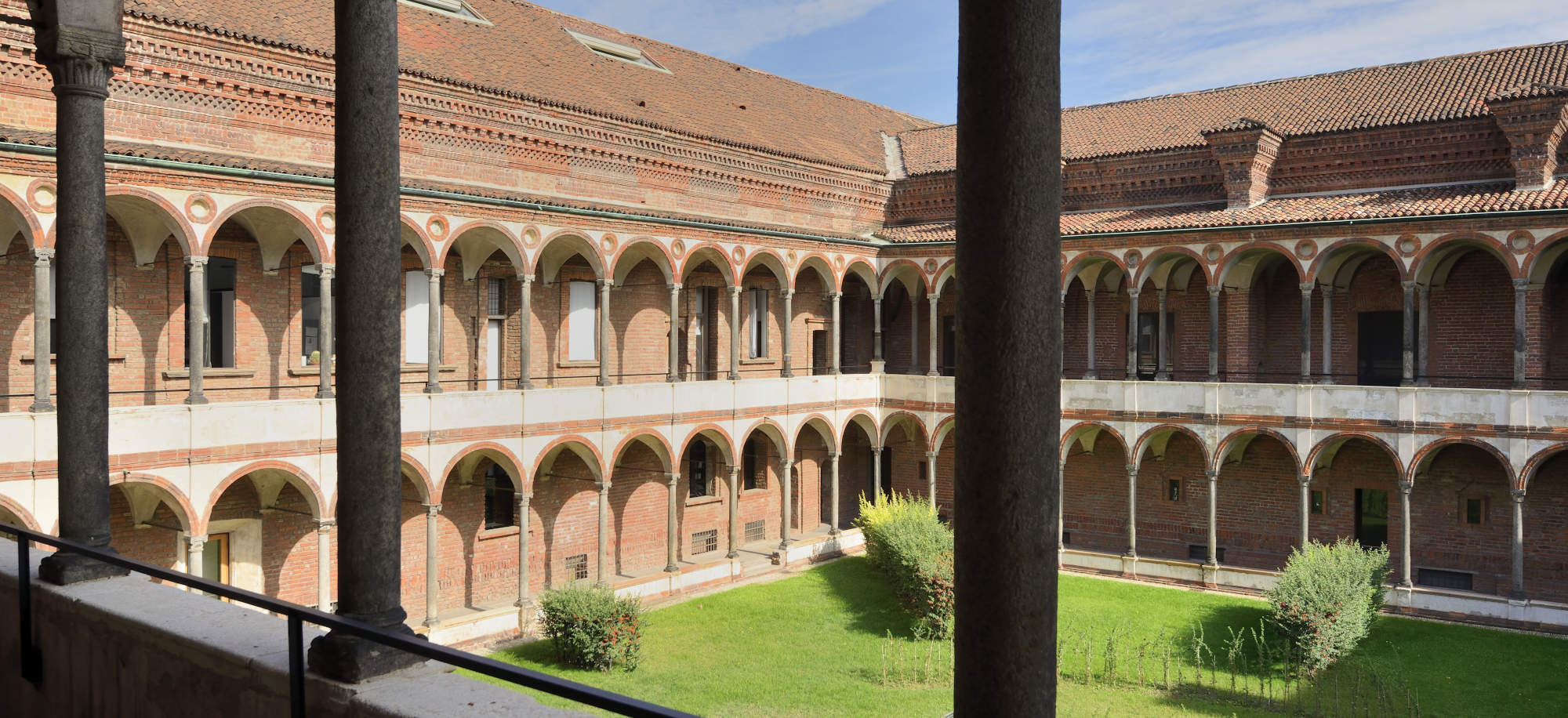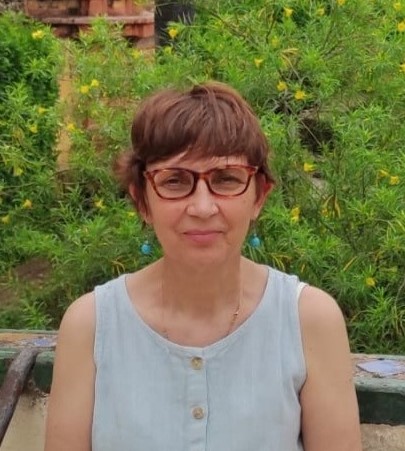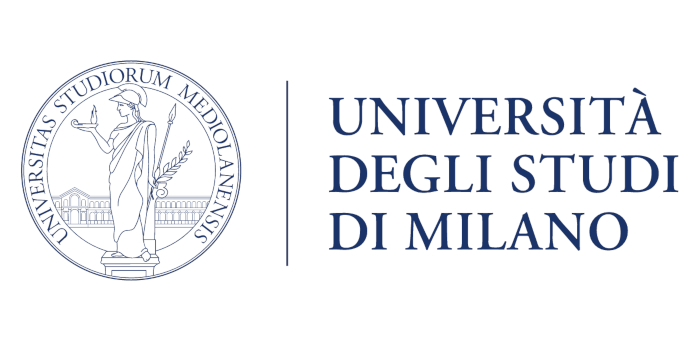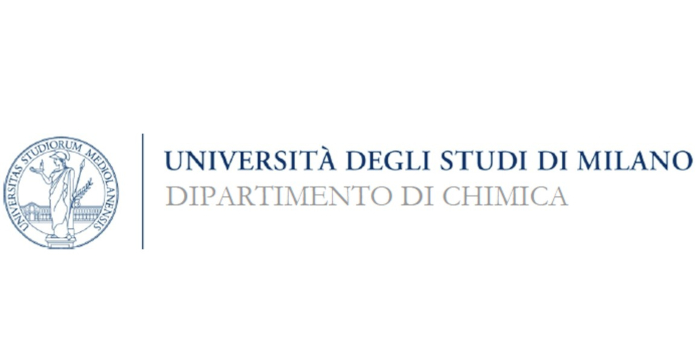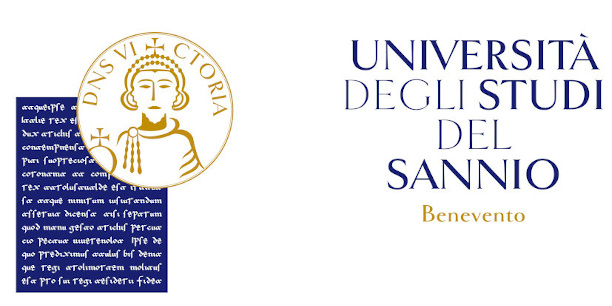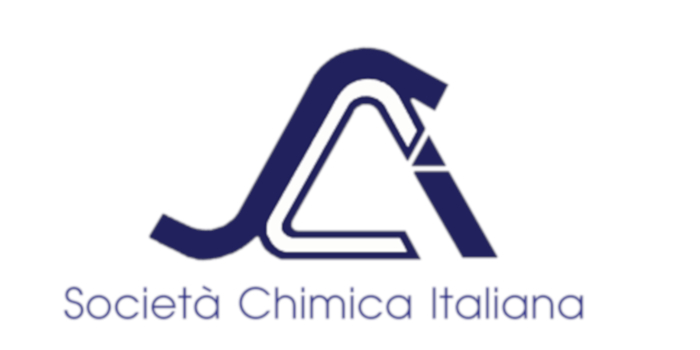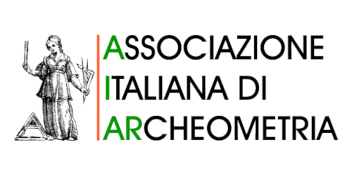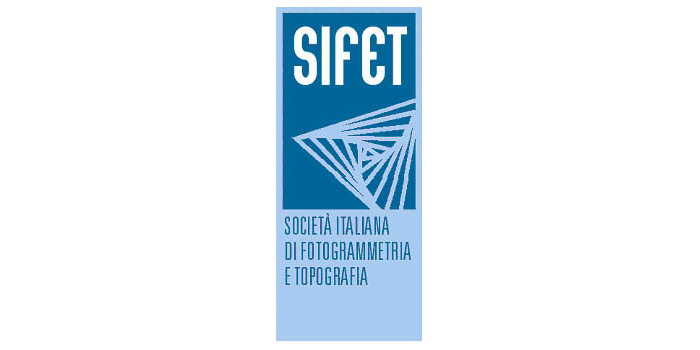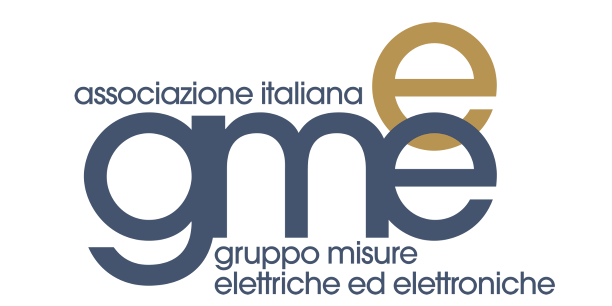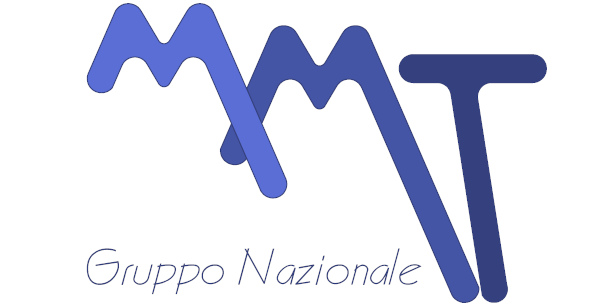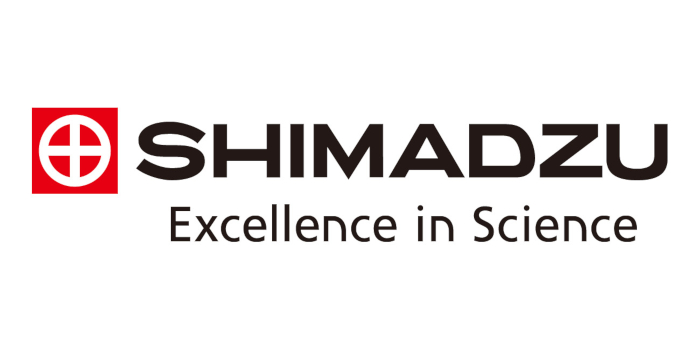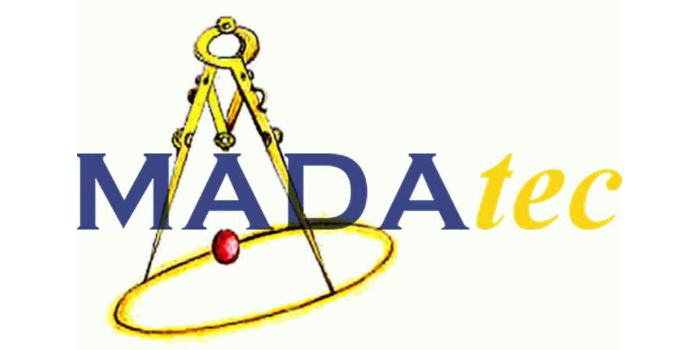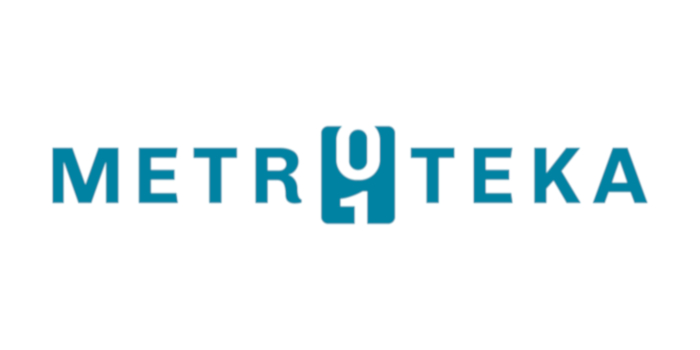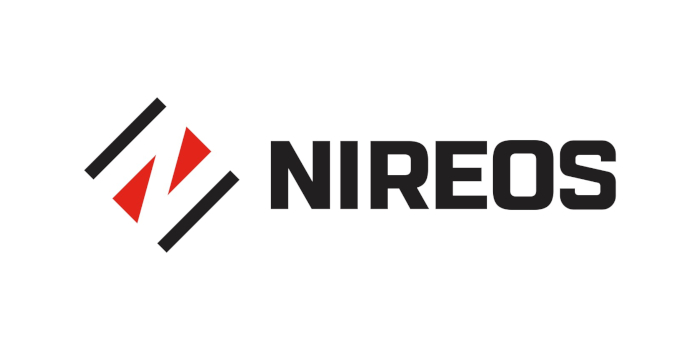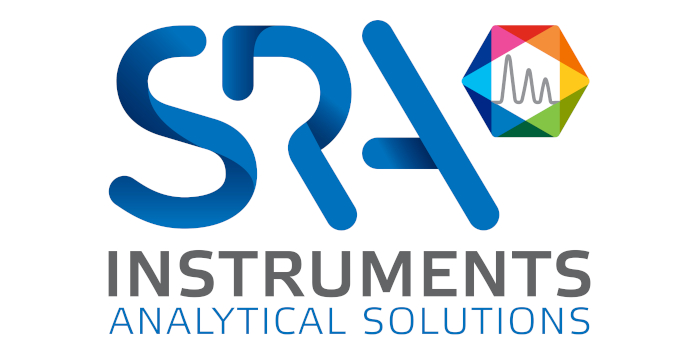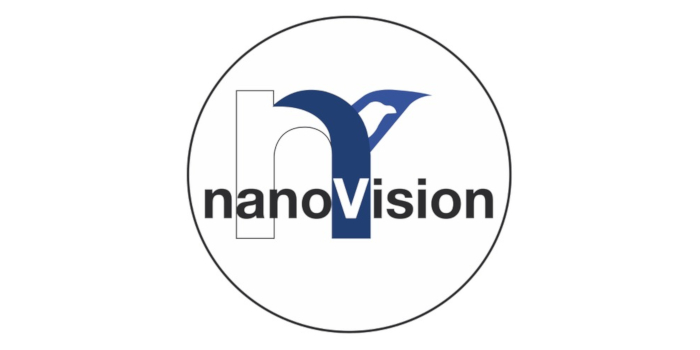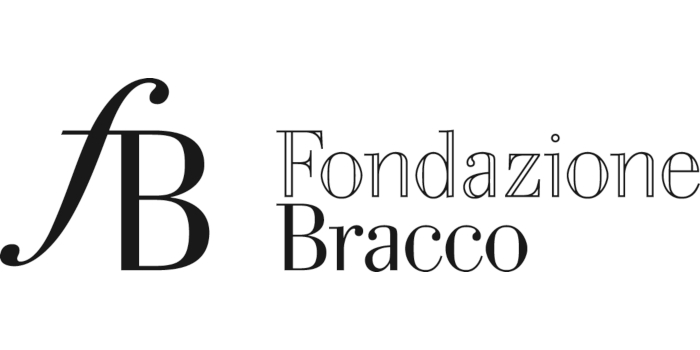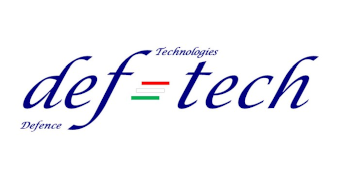Measuring thicknesses in multilayer heritage substrates: a non-invasive photonic approach by nonlinear optical microscopy
Marta Castillejo
Instituto de Química Física Rocasolano (CSIC), Serrano 119, 28006 Madrid, Spain
ABSTRACT
The study of valuable historical objects and substrates with 3D structural and chemical characterization benefits from the availability of non-invasive techniques. Particularly, determination of the thickness of constituent and degradation layers is important to evaluate artistic styles, manufacturing techniques and to select adequate conservation strategies. Nonlinear optical microscopy has been recently introduced for the analysis of multilayer and multicomponent cultural heritage substrates. Nonlinear optical signals are generated via the interaction of the material of the sample with a tightly focused infrared femtosecond laser, where the high peak power and short time duration of the laser pulses favour nonlinear optical processes without unwanted side effects such as photobleaching and/or phototoxicity. Various modalities of the technique, i.e. Multi-Photon Excitation Fluorescence and Second and Third Harmonic Generation, allow state-of-the-art, non-invasive analysis of objects and samples with intrinsic micrometric lateral and axial resolution. In this lecture, I will present examples about the characterization and thickness determination, via MPEF microscopy, of varnish and paint layers on pictorial substrates and of grisailles and corrosion layers on historical glasses. The comparison with other more conventional techniques requiring sample-taking shows good consistency and agreement and illustrates the advantages of this new photonic approach.
SPEAKER BIO
Marta Castillejo obtained a PhD degree in Physics from Complutense University of Madrid in 1984. She is a Senior Research Scientist at Instituto de Química Física Rocasolano, CSIC, in Madrid, where she acts as Coordinator of the CSIC Interdisciplinary Platform “Open Heritage: Research and Society”. Her scientific activity encompasses a wide range of aspects of Laser Physics and Photonics, including fundamentals of laser-matter interactions and applications in Nanoscience and Heritage Science. She has authored more than 210 publications in peer-reviewed journals (ca. 5200 citations), 15 invited conference proceedings contributions and 6 chapters in collective books. She as acted as Editor of 4 Volumes of proceedings and has delivered more than 45 invited talks worldwide. Her record of international collaborations includes participation in numerous projects funded by EU framework programs, the coordination of bilateral program exchanges with Academic European Institutions and her activities as Academic Visitor at University Cergy-Pontoise, Observatoire de Paris Meudon in France, Department of Chemistry and Chemical Biology of Harvard University, Blackett Laboratory of Imperial College London and Istituto Nazionale di Ottica, CNR. She has long experience in training young scientists by lecturing in various Doctorate and Master Courses and by supervising 8 PhD Thesis. Marta Castillejo has been involved in the development and growth of European Research Infrastructures, including LASERLAB Europe, IPERION CH, PARTHENOS and the ongoing IPERION HS that precedes the launch of the future European Infrastructure for Heritage Science (E-RIHS). She acts as permanent member of the scientific committee of the international conference series Lasers in the Conservation of Artworks (LACONA), Non-destructive and Microanalytical Techniques in Art and Cultural Heritage (TECHNART), SPIE International Symposium on Optical Metrology (O3A) and Conference on Laser Ablation (COLA), all contributing to the impact of an international community of scientists and conservators on the success of lasers for applications in heritage and archaeology.
